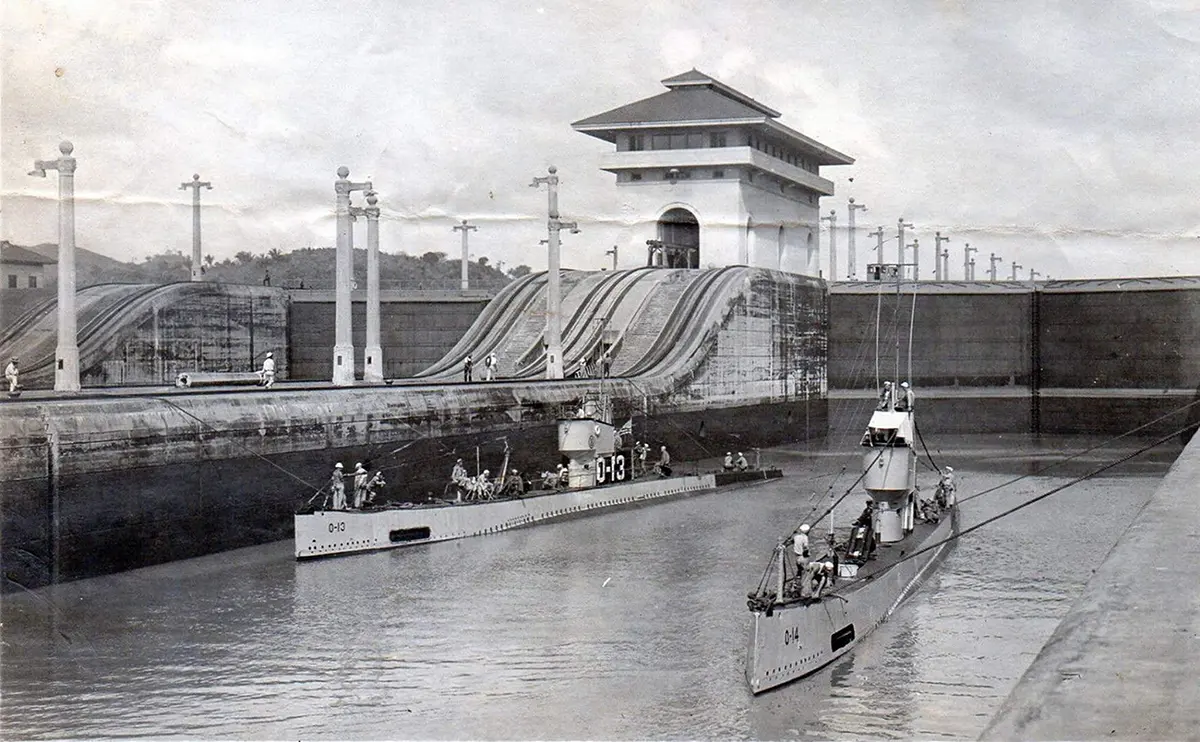The Panama Canal, a 50-mile-long waterway connecting the Atlantic and Pacific Oceans, has been a cornerstone of global trade for over a century. This engineering marvel has significantly reduced shipping times and costs, revolutionizing international commerce. However, the canal now faces an unprecedented challenge: severe drought. This comprehensive piece explores the history, design, and operational aspects of the Panama Canal, while also examining the economic and environmental implications of the ongoing drought crisis.
The Genesis: A Dream Takes Shape
The concept of a canal connecting the Atlantic and Pacific Oceans dates back to the early 16th century. However, it wasn’t until the late 19th century that serious efforts were made to realize this dream. Initially led by the French under Ferdinand de Lesseps, the project faced numerous challenges, including disease and financial difficulties, leading to its abandonment by the French.
The American Era: Completion and Operation
In 1904, the United States took over the project and completed the canal in 1914. The U.S. initially operated the canal until control was transferred to Panama on December 31, 1999, as part of the Torrijos-Carter Treaties.
The Design: A Feat of Engineering
The Panama Canal is a complex system involving a series of locks and gates, artificial lakes, and excavated channels. The lock system lifts ships 85 feet above sea level to the artificial Gatun Lake and then lowers them back to sea level on the other side. Each lock chamber is 110 feet wide, 1,000 feet long, and 85 feet deep, accommodating “Panamax” ships.
Water Depth and Navigation
The minimum depth of the canal is approximately 41 feet in the Culebra Cut, a man-made valley that cuts through the Continental Divide. This depth ensures safe navigation for a wide range of vessels, from small boats to large cargo ships.
The Drought Crisis: A Threat to Operations
Severe drought has led to a significant drop in water levels, affecting the canal’s operations. According to Euronews, “Severe drought has caused water levels to drop, forcing authorities to restrict how many ships can use the canal.” These restrictions have led to shipping delays and increased costs, as vessels have to lighten their loads or seek alternative routes.
Economic Implications: A Ripple Effect
The Panama Canal is a linchpin in global trade, connecting over 144 maritime routes and 1,700 ports in 160 countries. CNBC noted that “ongoing drought conditions and Panama Canal restrictions due to lower water levels are causing massive shipping congestion at the key trade route.” The situation has also led to inflationary pressures, with Fortune reporting that low water levels in the canal “could mean bad things for global inflation.”
Environmental Considerations
While the canal has been an economic boon, it has also raised environmental concerns, including the impact on local ecosystems and water usage. The Panama Canal Authority has implemented various measures to mitigate these effects, such as water-saving basins that recycle 60% of the water used per transit.
Conclusion
The Panama Canal stands as a testament to human ingenuity and the relentless pursuit of progress. However, the severe drought has not only disrupted shipping but also highlighted the urgent need for adaptive strategies in the face of climate change. As the world watches, the Panama Canal’s future hangs in the balance, serving as a litmus test for how well humanity can adapt to our changing planet while maintaining the vital flows of global trade.

Jeremy Webb
Website: JeremyWebb.Dev



























